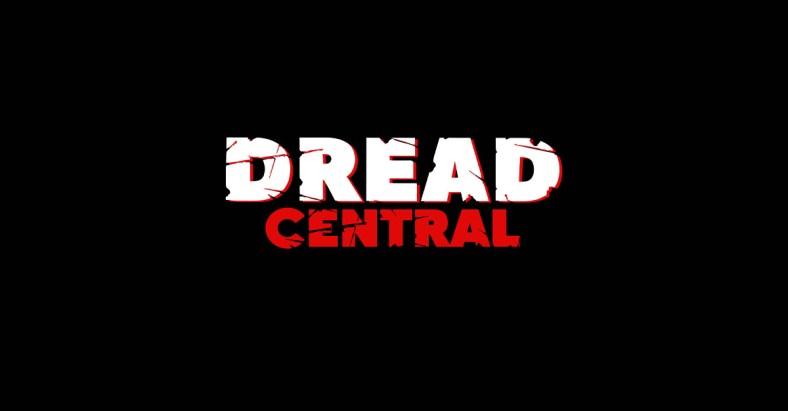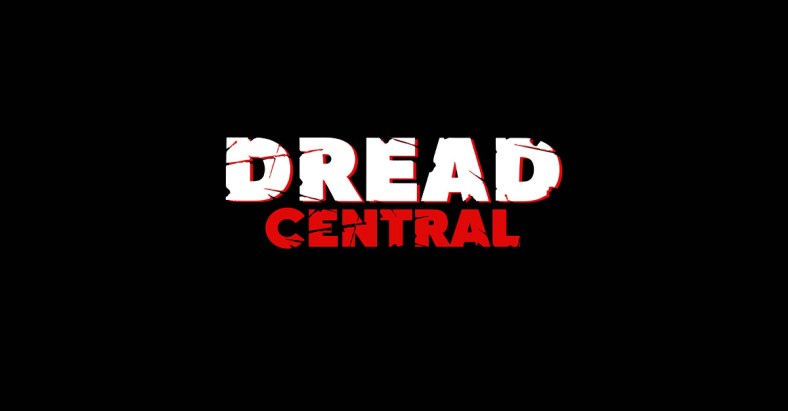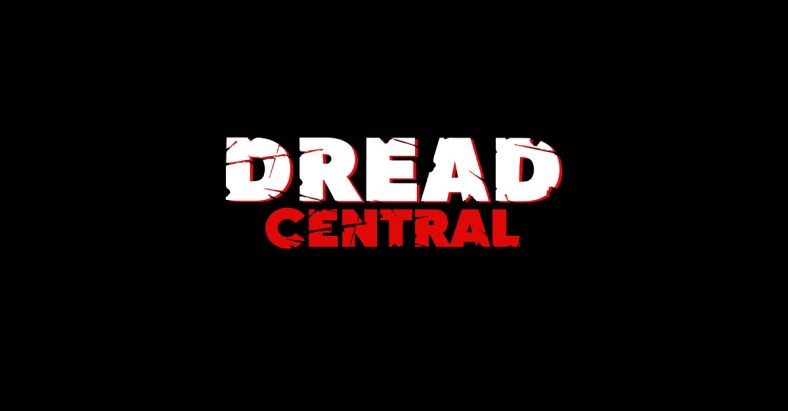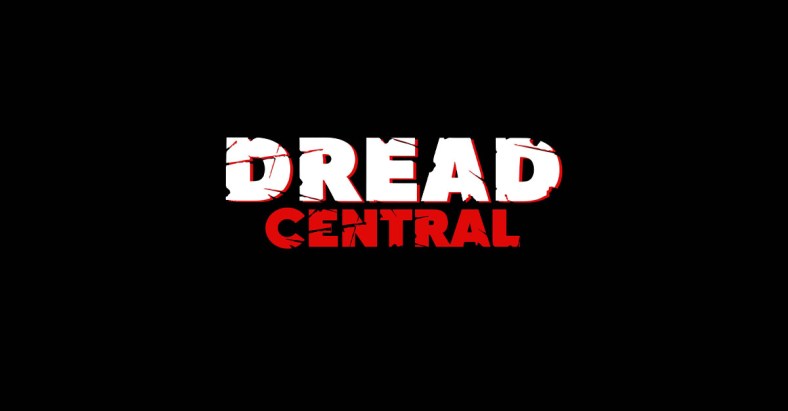Lluis Quilez Talks Academy Award Short Film Contender Graffiti

Already having bagged all of 31 awards on the international festival circuit, and now in the running for a Spanish GOYA and an Oscar, Lluis Quilez’ Graffiti is a harrowing, intense and disturbing drama set in the aftermath of a nuclear massacre. Shot in the abandoned town of Pripiat (Ukraine), which suffered the worst incident in the history of nuclear power on April 26, 1986 when reactor number 4 exploded at the Chernobyl Nuclear Power Plant, this backdrop serves as the perfect tool for Graffiti to raise plenty of head-scratching questions rather than simply doling out all the answers.
Although a love story at heart, given the times we live in, where online dating has lost much of its stigma, Graffiti presents a disturbingly cold commentary on that fine line between the pros and the perils of putting our trust and faith in people and prospective love interests before even having met them in person. A minimalistic story at its core, Graffiti plays out as a profound and sincere conversation between two lone survivors of a nuclear massacre, Edgar and Anna, who never actually see each other on screen. This conversation breaks the monotony of their dull existence and overturns their fears and deepest desires.
With the short firmly in the running for two of the most coveted awards on the planet, Dread Central caught up with director Lluis Quilez to pick his brains about the lifeblood behind Graffiti.

DREAD CENTRAL: What motivated you to centre Graffiti around one central player, and in Chernobyl of all places? Despite this bleak tundra setting, I got the feeling that everything intentionally revolves around the disturbing reality of our excessive reliance on relating with people via social media.
Lluis Quilez: Truth be told, parallels are inevitable whether it be communication via words written on a wall – as portrayed in Graffiti, or how people increasingly communicate today via chat rooms, instant messages and social networks. When I came up with the original idea, all I was really interested in was telling a love story from a new and unique perspective. When I started arranging all the pieces of my puzzle, as tends to happen, everything fell into place. Just as you’ll have noticed if you’ve seen my previous short films, I like to tackle topical issues but without going overboard and getting on my high horse about them.
DC: Like you say, it’s a love story at heart. Whilst you don’t like getting on your soap box and driving cutting commentaries home, something tells me you have strong feelings about online social interaction?
LQ: Graffiti illustrates how people can fall in love simply through words written on a wall, but the ending certainly leaves us with that lingering question of whether we should trust people without actually having met them in the flesh. Love is an illusion. And, as is the case with every illusion, fantasy and imagination play a huge part in that. Whenever we fall in love, I think that we do so out of the illusion we create about the other person. It doesn’t have to be real, nor does it even have to be anywhere close to reality. It just IS real for the person in love who builds this idea of the other person which is filtered or blinded by their own desires, fears and the way in which they interpret the world around them.
I personally think that falling in love on the internet is just as valid as falling for someone in any other context. This idea of “not seeing” the other person felt like the perfect tool I could use to emphasize this idea of “magic thinking.” Any relationship always involves risks and it’s only those who are willing to take these risks that will ultimately reap any kind of reward.

DC: When did the decision, or opportunity, to film in Chernobyl arise? What unexpected challenges did that terrain bring with it?
LQ: I had always dreamt of filming something in Pripiat. I’ve always loved the vibe of films like Stalker where the location could have been right there in Pripiat. I’m attracted to abandoned or ruined locations and I always go out of my way to try and include places like that whenever I film something. To have had the chance to film in Pripiat is an experience I will NEVER forget. The toughest challenges involved having to organise a shoot from so far away (all the pre-production was don in Spain) and arriving one day before the shoot to prepare all the different locations and then filming everything we needed in just 5 days. It was cumbersome because of the weather conditions. We’re talking -15 degrees with virgin snow up to our knees. That said, the radiation in the area is tightly controlled and, following a few simple rules, no one was exposed to any health risks.
DC: Having prepared the shoot in Spain, did you find yourself having to adapt the script to the location once you arrived in Pripiat?
LQ: Thankfully the answer to that is no. I was lucky to be able to film everything as planned. The toughest challenge, in terms of locations, was to find the rooftop we used at the end as that was all laid down in the script. We’d seen a bunch of photographs and were confident we’d find something that fit in with what we had on paper and we were lucky to find exactly that.
The only thing we really altered was the opening scene where we meet our protagonist masturbating. In the original script all of that takes place on a rooftop. Once we got to Pripiat, we realized that there was no way he was going to pull his pants down in such bitter conditions so we had to film him doing that indoors to make sure the whole thing remained credible.
DC: But you did shoot certain scenes in Valencia, right?
LQ: True. Most of what we filmed in Valencia consisted of interior shots of Oriol in his hideout. There were A LOT of shots on that set, especially on the wall where all the messages are written.
The idea of shooting anything else in Pripiat after 5 intense days was just unthinkable so we rebuilt the room where Edgar sleeps in an old abandoned storage building which we also used for other interior shots that we weren’t able to film out in Chernobyl. Luckily, the art director had spent time in Pripiat previously so we knew exactly how to preserve continuity.
The other big scene we shot in Valencia involved the big helicopter landing moment. I mean, it was just impossible to pilot a helicopter in Pripiat. We have Onirikal Studio (also co-producer of the short) to thank for that magic as they were able to disguise Valencia as Pripiat using VFX.

DC: Tell me about your lead, Oriol Pla (Animals). It must have been a tough decision when it came to casting as he is pretty much the only person we see on screen for the duration of the short. You must have had a very specific type of actor you were after.
LQ: Oriol’s physical appearance fit the role perfectly. And he’s an amazingly talented actor. For me, he’s just one of those actors who can pull off whatever you throw at them. There are no limits to what he is capable of and that is what every director could ever wish for. We love to work with actors who are never scared of trying new things and venturing outside their comfort zones. I think Oriol created a really special Edgar, juggling tenderness, madness, and what’s even more complex, putting up with himself for the entire shoot.
DC: Oriol has said there wasn’t a great deal of rehearsal time and that you gave him plenty of leeway in terms of creating Edgar’s personality.
LQ: Pretty much. I did set out a few basic guidelines in terms of the character. We talked a fair bit about what his life would have been like before and after “the incident.” I love working on back stories and the psychology of my characters, but I also love to give actors the freedom to navigate whatever happens in the actual moment when we are filming. Oriol had get his head around how being alone and isolated had effected Edgar so I suggested he should try shutting himself off from the rest of the world.
DC: Grafitti has been nominated for a prestigious Goya and is in the race for an Oscar, no less! Do you think the cutting commentary on the effects of social media played a big role in the short getting this much recognition?
LQ: I think the film is really effective as a whole. That’s the sensation I’ve been getting when it’s screened at festivals. Audiences’ reactions have been amazingly positive and the universality of the story means that it appeals to ten-year old kids right through to seventy-year old grandparents. To have the short pre-selected for the Oscars is like an anecdote for me. We won at the Santa Barbara festival and that automatically entered us into the race to the Oscars. I just hope we’re lucky and keep moving forward.
DC: I hear you have plans to continue with the theme of identity after Graffiti with a feature film.
LQ: Yes. For my second feature I want to tackle identity in what I would describe as a pyschological thriller with fantasy undertones. It will follow in the same vein as my most recent shorts and I penned the screenplay myself. It’ll be filmed in Spain with a Spanish cast and I think that it will open to doors to certain themes that Spanish cinema hasn’t really touched on before.
You can keep up with Graffiti‘s progress in the running for an Oscar and Goya at the official website and on Facebook. In the meanwhile, we’ll leave you with a taster of the short in the trailer below…

Categorized:News

